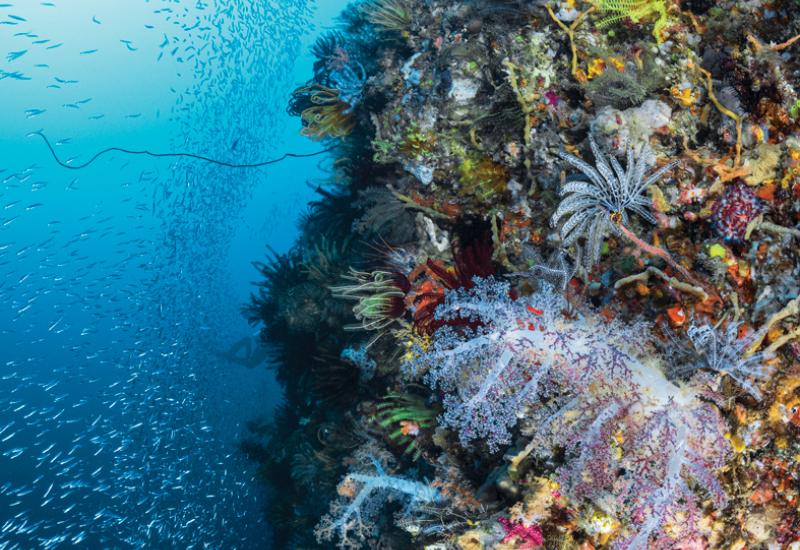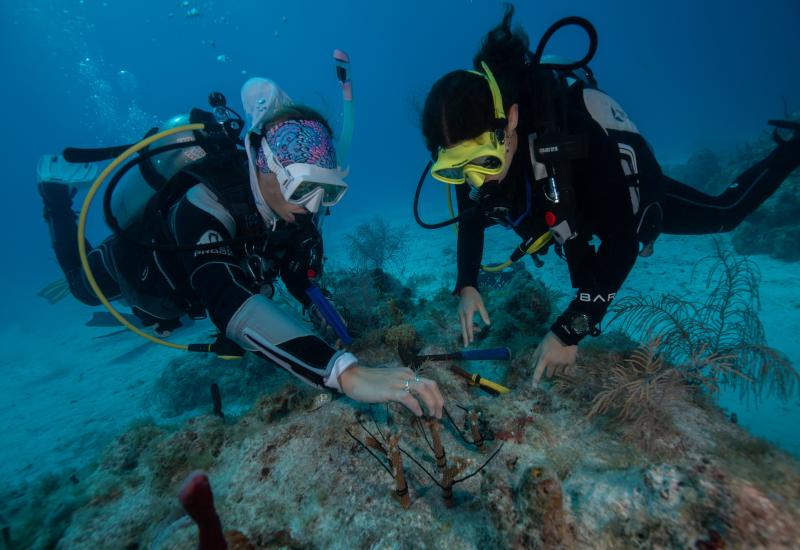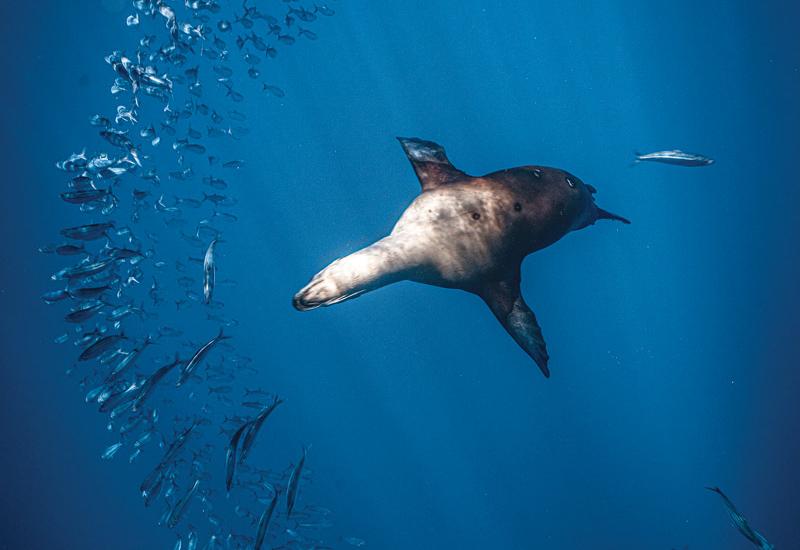A Conch's Perspective

By Stephen Frink
First, a personal disclaimer. I'm not really a "Conch." Not many of us truly qualify as "Conch," someone born and raised in the Florida Keys, aka the Conch Republic. But I've been here nearly three decades, arriving in 1978 to open a studio for underwater photography in Key Largo. In that time I've had the privilege of diving the best sites throughout this 126-mile-long string of islands.
I've traveled extensively to tropical dive destinations throughout the world, allowing me to view my hometown through a comparative looking glass. While this isn't about ranking the Keys relative to the rest of the Caribbean, I can't help but do that myself each time I jump in the water locally. We may not have the walls of Little Cayman or the water clarity of the Southern Bahamas, but what the Florida Keys does have, in staggering numbers, is fish. The marine life population here in the Florida Keys is better than anywhere I've seen in the Western Hemisphere. This is a marine conservation success story that began in 1960, and to a great extent defines what remains so unique about our underwater ecosystem.
But to get to that point, you have to consider a little about the Keys geography and history. Actually, there are about 1,700 islands dotting the waters south of the Florida mainland that could be considered part of the Florida Keys, but many are small mangrove-choked specks that couldn't have supported habitation even back in 1513 when Ponce de Leon first sailed these waters. He found the Calusa and Tequesa Indians already here, but with little fresh water and no gold there wasn't much to invite European conquest. It was unique special interests that brought settlers much later, each trying to eke a hardscrabble living from these coral rock islets. Yet, even from the very beginning, the attraction to the Keys was all related to the sea: fishing for turtles, salvaging shipwrecks, sponging and fishing--each have played a significant role in Keys' history. Because Key West was really the only deep-water port, most of the "civilization" centered there. That is, until Henry Flagler decided in 1905 that he should hopscotch the islands of the Keys with a railroad connecting Key West to the Florida Peninsula.
This is likely the single most important event shaping the direction of development in the Florida Keys, for "Flagler's Folly" (so named because it took seven years and $27 million dollars to complete, and never operated at a profit) created the 42 bridges and railroad bed that connect the 32 now-populated islands to the Florida peninsula. When the Labor Day Hurricane of 1935 wiped out the railroad, this left the substrate that would eventually become the Overseas Highway, U.S. Highway #1. The Keys became "The Islands You Can Drive To," changing forever the access to these islands from exclusively boating to primarily automotive. Access--plus the confluence of consistently warm weather and an offshore coral reef bathed by the crystalline waters of the Gulf Stream--made this a tourist destination unlike any other in North America.
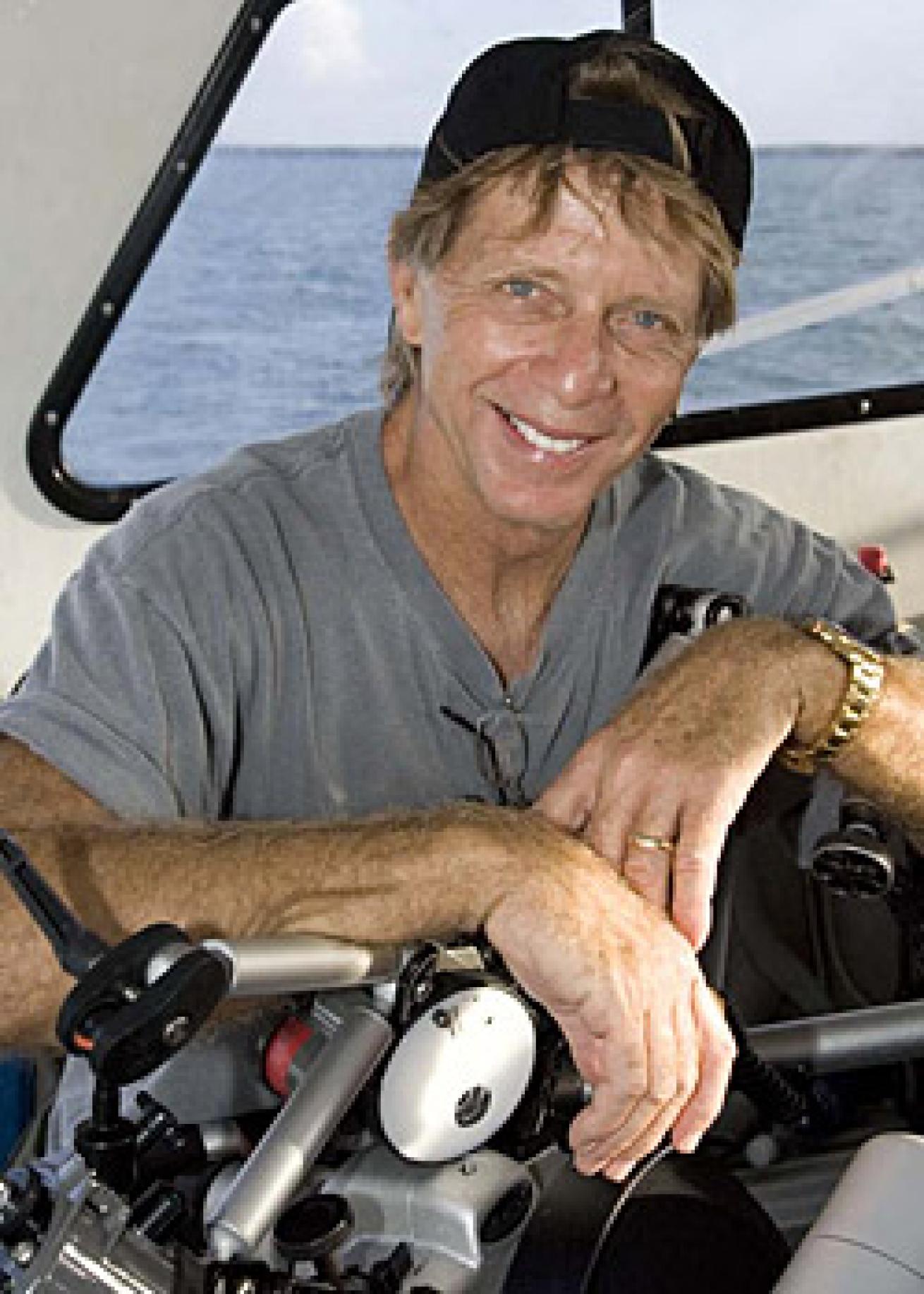
First, a personal disclaimer. I'm not really a "Conch." Not many of us truly qualify as "Conch," someone born and raised in the Florida Keys, aka the Conch Republic. But I've been here nearly three decades, arriving in 1978 to open a studio for underwater photography in Key Largo. In that time I've had the privilege of diving the best sites throughout this 126-mile-long string of islands.
I've traveled extensively to tropical dive destinations throughout the world, allowing me to view my hometown through a comparative looking glass. While this isn't about ranking the Keys relative to the rest of the Caribbean, I can't help but do that myself each time I jump in the water locally. We may not have the walls of Little Cayman or the water clarity of the Southern Bahamas, but what the Florida Keys does have, in staggering numbers, is fish. The marine life population here in the Florida Keys is better than anywhere I've seen in the Western Hemisphere. This is a marine conservation success story that began in 1960, and to a great extent defines what remains so unique about our underwater ecosystem.
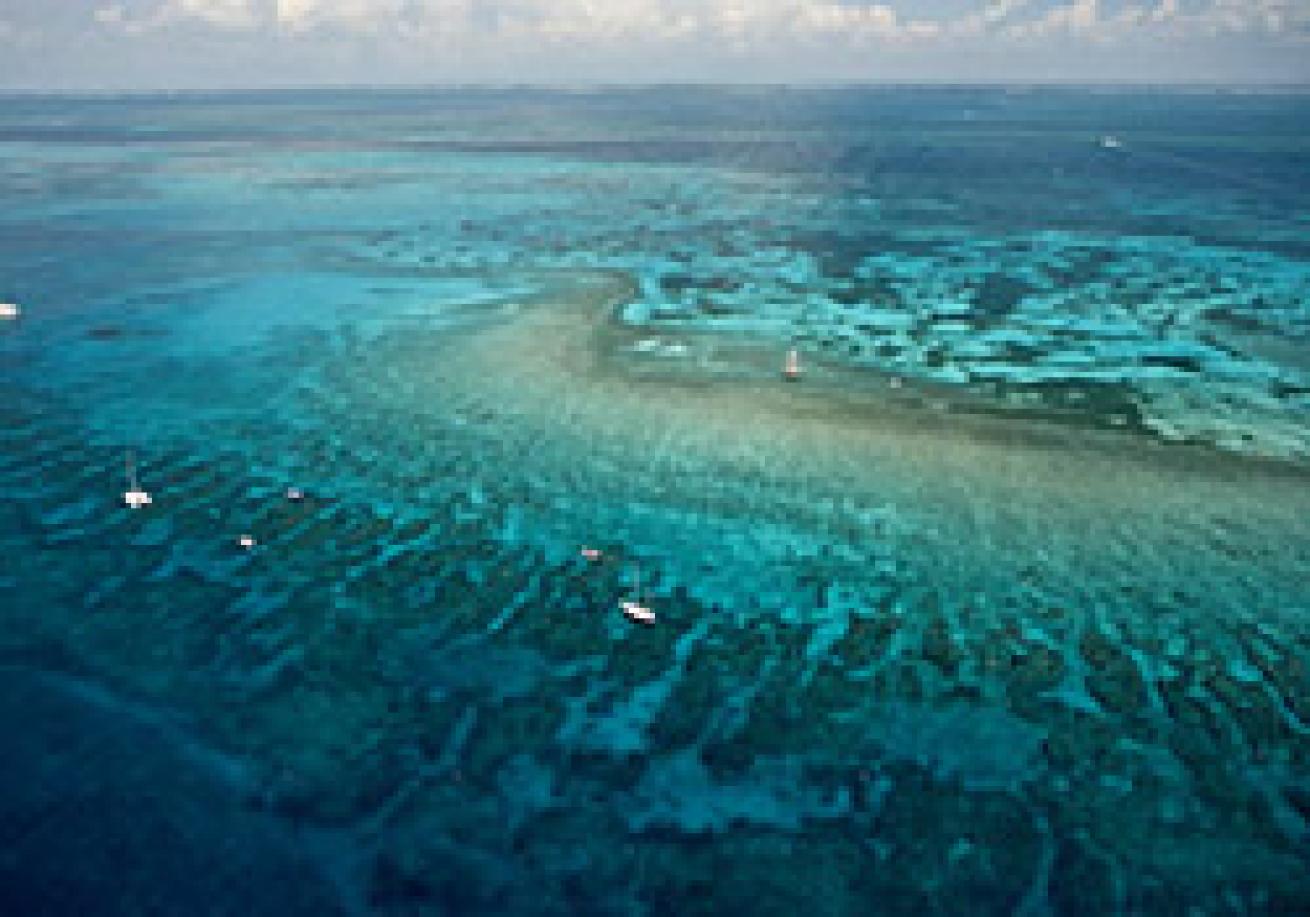
But to get to that point, you have to consider a little about the Keys geography and history. Actually, there are about 1,700 islands dotting the waters south of the Florida mainland that could be considered part of the Florida Keys, but many are small mangrove-choked specks that couldn't have supported habitation even back in 1513 when Ponce de Leon first sailed these waters. He found the Calusa and Tequesa Indians already here, but with little fresh water and no gold there wasn't much to invite European conquest. It was unique special interests that brought settlers much later, each trying to eke a hardscrabble living from these coral rock islets. Yet, even from the very beginning, the attraction to the Keys was all related to the sea: fishing for turtles, salvaging shipwrecks, sponging and fishing--each have played a significant role in Keys' history. Because Key West was really the only deep-water port, most of the "civilization" centered there. That is, until Henry Flagler decided in 1905 that he should hopscotch the islands of the Keys with a railroad connecting Key West to the Florida Peninsula.
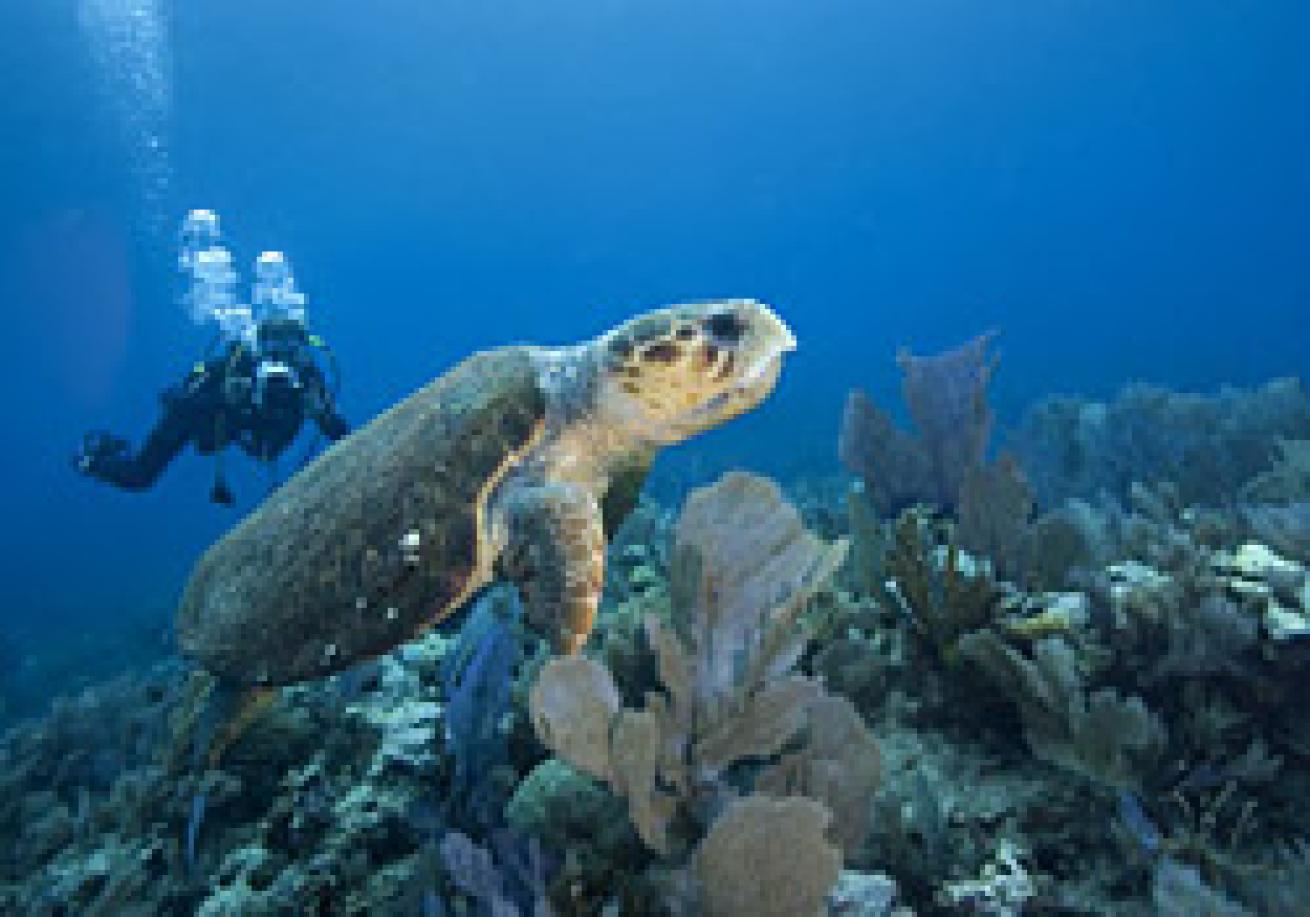
This is likely the single most important event shaping the direction of development in the Florida Keys, for "Flagler's Folly" (so named because it took seven years and $27 million dollars to complete, and never operated at a profit) created the 42 bridges and railroad bed that connect the 32 now-populated islands to the Florida peninsula. When the Labor Day Hurricane of 1935 wiped out the railroad, this left the substrate that would eventually become the Overseas Highway, U.S. Highway #1. The Keys became "The Islands You Can Drive To," changing forever the access to these islands from exclusively boating to primarily automotive. Access--plus the confluence of consistently warm weather and an offshore coral reef bathed by the crystalline waters of the Gulf Stream--made this a tourist destination unlike any other in North America.


